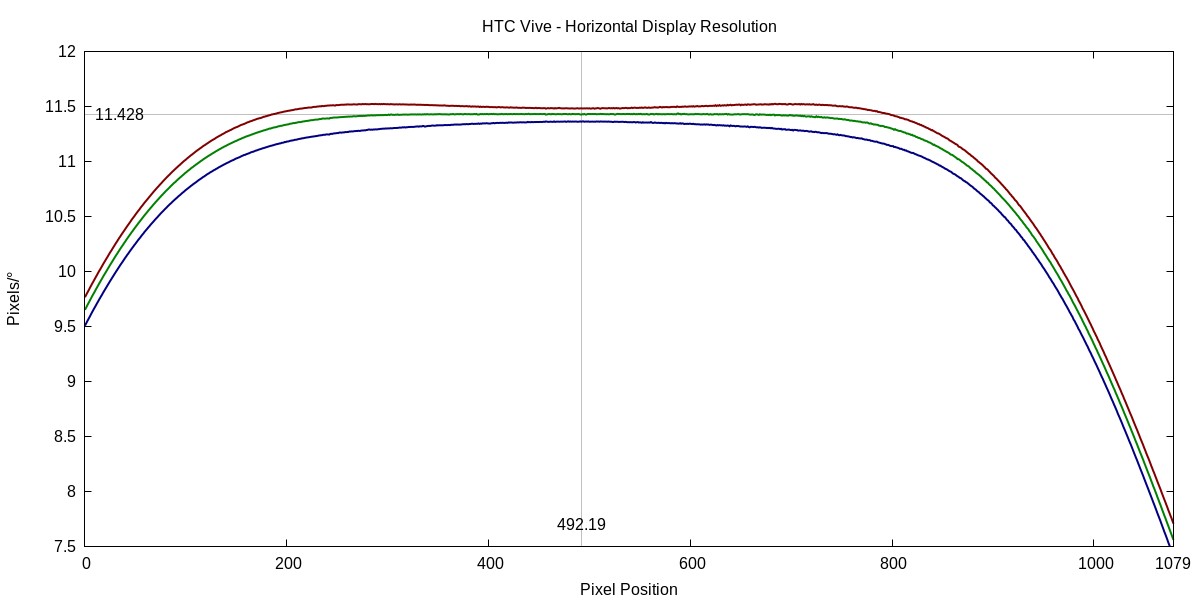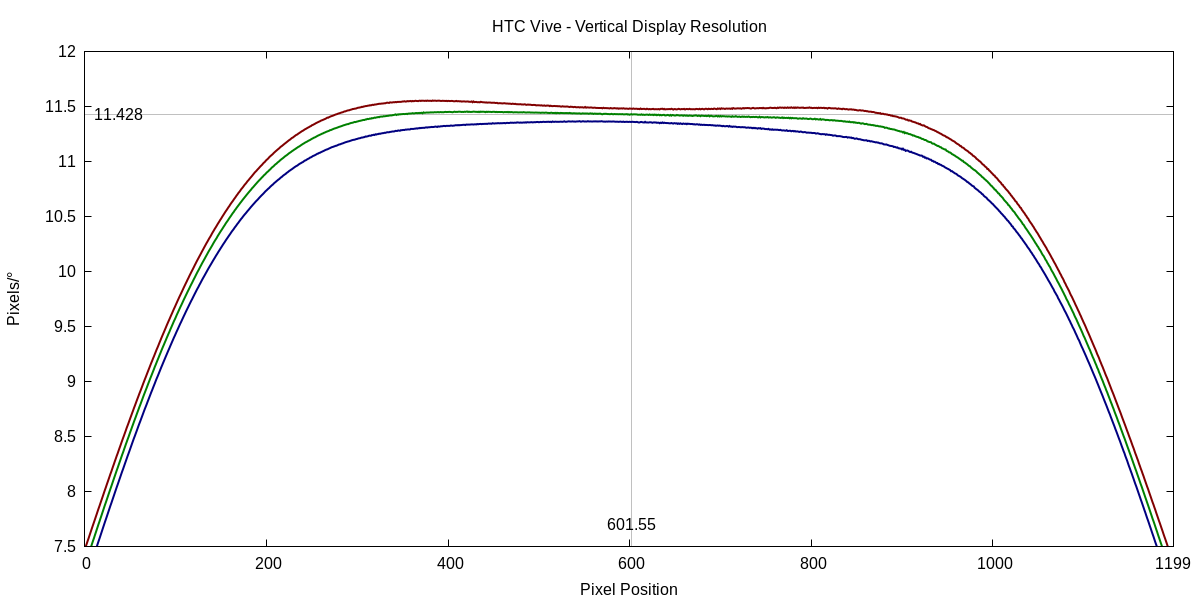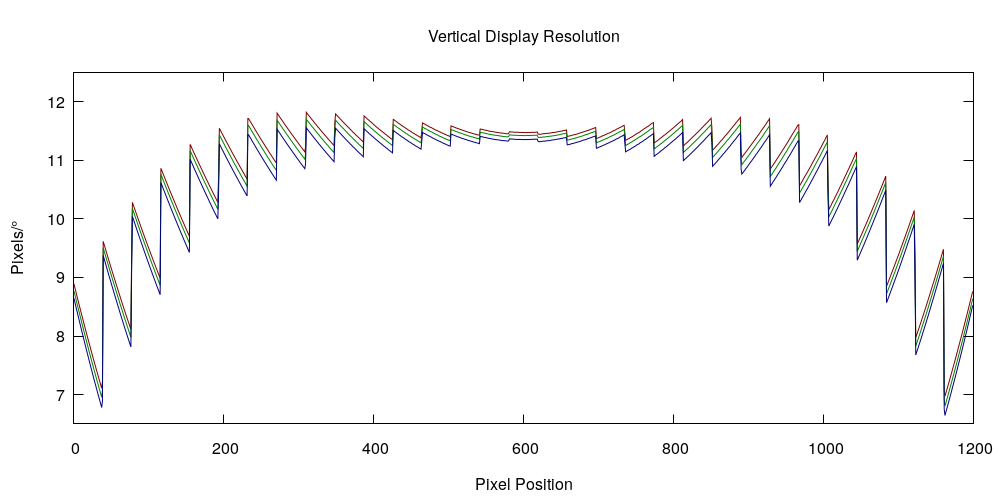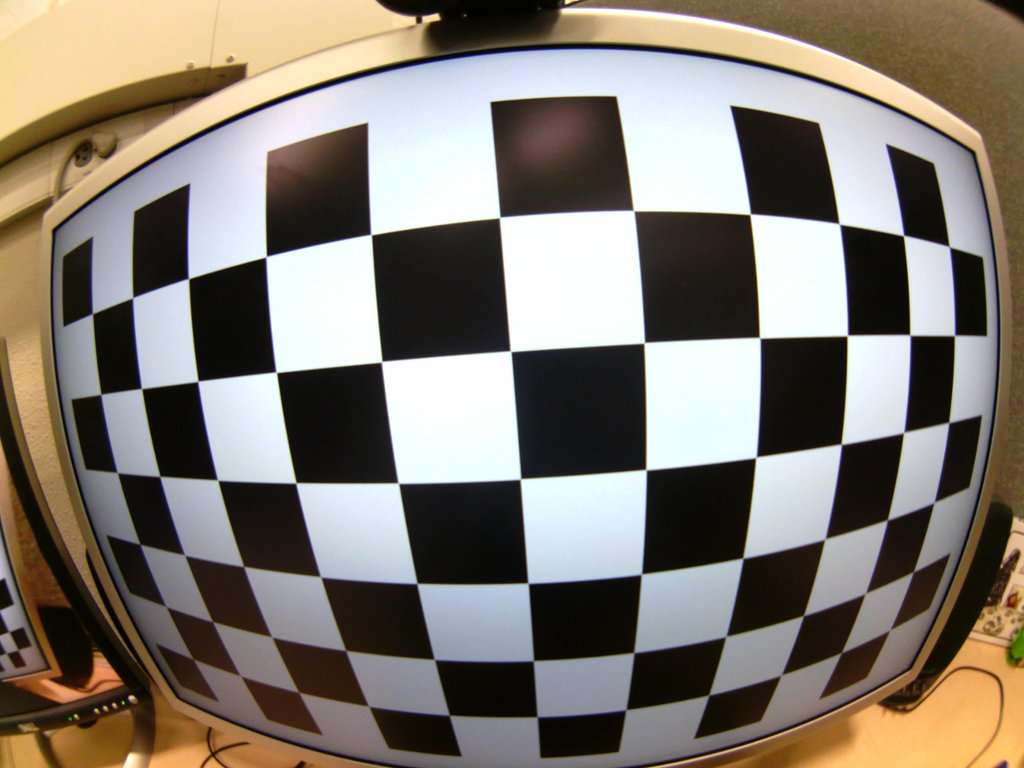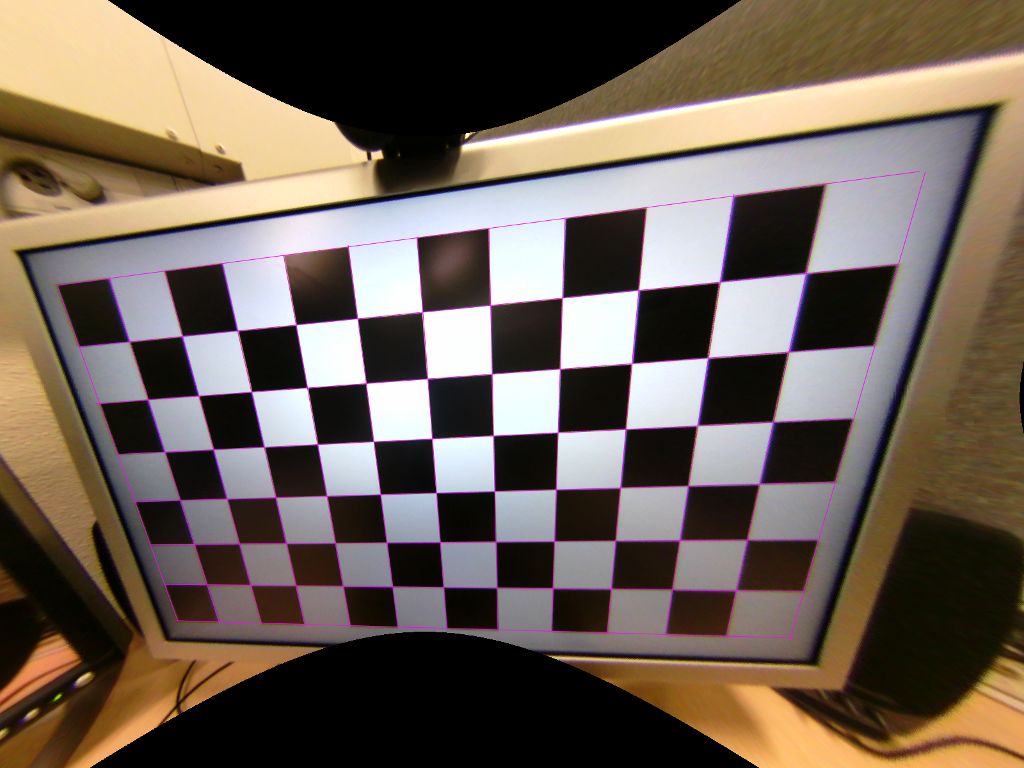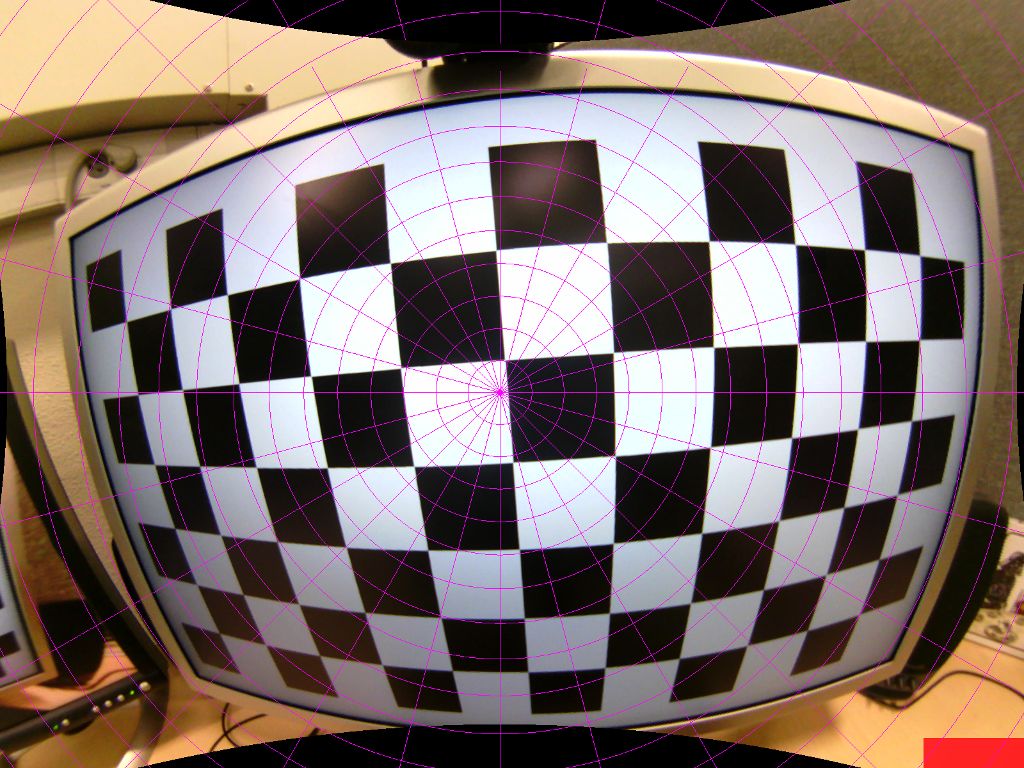While I was writing up my article on the PlayStation VR headset’s optical properties yesterday, and specifically when I made the example images for the sub-section about sub-pixel layout comparing RGB Stripe and PenTile RGBG displays, it occurred to me that I could use those images to create a rough and simple simulator to visually evaluate the differences between VR headsets that have different resolutions and sub-pixel layouts.
The basic idea is straightforward: Take a test image that has some pixel count, for example WxH=640×360 as the initial low-resolution full-RGB picture seen in Figure 1. If you then blow up that image to fill a monitor that has the same aspect ratio (16:9) and some diagonal size D, the resolution of that image in terms of pixels per degree depends both on D and the viewer’s distance from the monitor Y: the larger the ratio Y/D, the higher is the image’s resolution as seen by the viewer. In detail, the formula for distance Y to achieve a desired resolution R in pixels/° is:
Y = (D / sqrt(W*W + H*H))/(2*tan(1/(2*R)))
where W and H are in pixel units, R is in pixels/°, and D is in some arbitrary length unit (inch, meter, parsec,…). Y will end up being in the same unit as D.
If a viewer then positions one of their eyes at a distance of Y from the center of the monitor and closes the other one, the resolution of the image on the monitor will be R. In other words, if R is the known resolution of some VR headset, the image on the monitor will look the same resolution as that VR headset.
There is one caveat: when looking at a flat monitor, the resolution of the displayed image increases away from the monitor’s center, while in a VR headset, the resolution generally decreases away from the center direction (see this article for reference). Meaning, for a correct evaluation, the viewer has to focus on the area in the center of the monitor. Unfortunately there is no easy way to simulate resolution drop-off using a flat monitor, at least not while also simulating sub-pixel layout.
Simulation Procedure
Here’s what you need to do: Continue reading


